A water well outage occurs when a household or business is unable to access its water supply from a well. This generally happens when the well is blocked for some reason, or the pump used to draw up the water from the well fails. In either case, the result is a lack of access to a key resource that is needed for everything from drinking and cooking to bathing and cleaning. In some cases, the problem is a relatively minor one that can be fixed quickly. For example, the pump may be clogged or the well may just need to be cleaned out. Other times, the issue is more serious and requires the help of a professional. This could include replacing a faulty pump, fixing a cracked pipe, or dealing with a collapsed well.
No matter what the cause of the outage is, it is important to address it quickly so that the water supply can be restored. The best way to do this is to contact a local well drilling and maintenance expert who can assess the situation and make the necessary repairs. Additionally, it is always a good idea to have a back-up plan in place in case a well outage does occur. This could mean having access to an alternate source of water, such as a nearby lake or river, or having a water storage system in place so that water can be saved for use in the future.
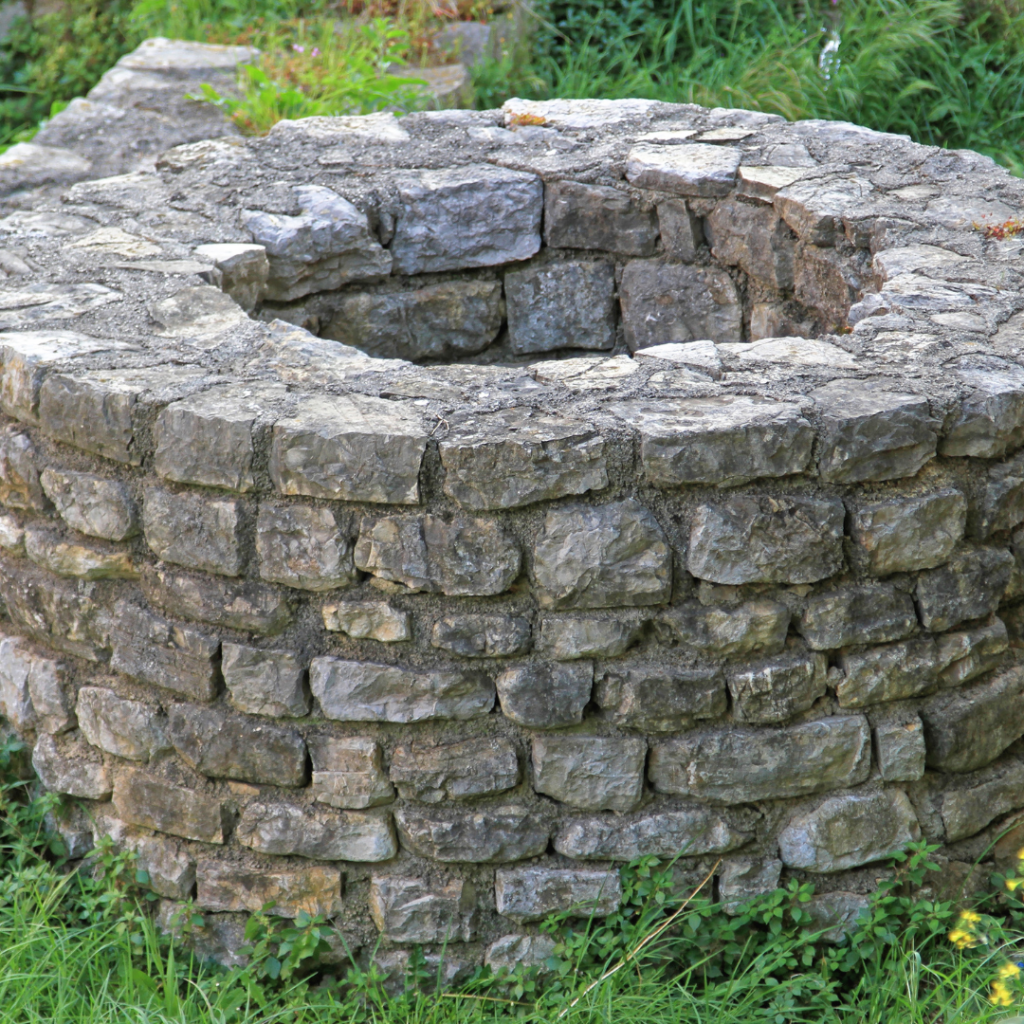
Causes of Water Well Outages
Clogged Well Screen
One of the most common causes of water well outages is a clogged well screen. A well screen is a filter that helps to keep debris out of the well and can become damaged or clogged over time. If the well screen becomes clogged, it can cause a decrease in water pressure, leading to an outage. In this case, the screen needs to be replaced in order to restore water pressure and service.
Broken Well Pump
Another common cause of water well outages is a broken or malfunctioning pump. The pump is responsible for drawing water from the well and if it is damaged or not working correctly, it can lead to a decrease in water pressure and an outage. In this case, the pump needs to be repaired or replaced in order to restore water pressure and service.
Damaged Water Line
A third common cause of water well outages is a damaged water line. If a water line is cracked or otherwise damaged, it can cause a decrease in water pressure and an outage. In this case, the water line needs to be repaired or replaced in order to restore water pressure and service.
Decrease in Water Table Levels
Finally, a decrease in water table levels can also lead to a water well outage. If the water table levels fall too low, the water pump may not be able to draw enough water to maintain normal water pressure. This can lead to an outage and the water table levels need to be restored in order to restore water pressure and service.
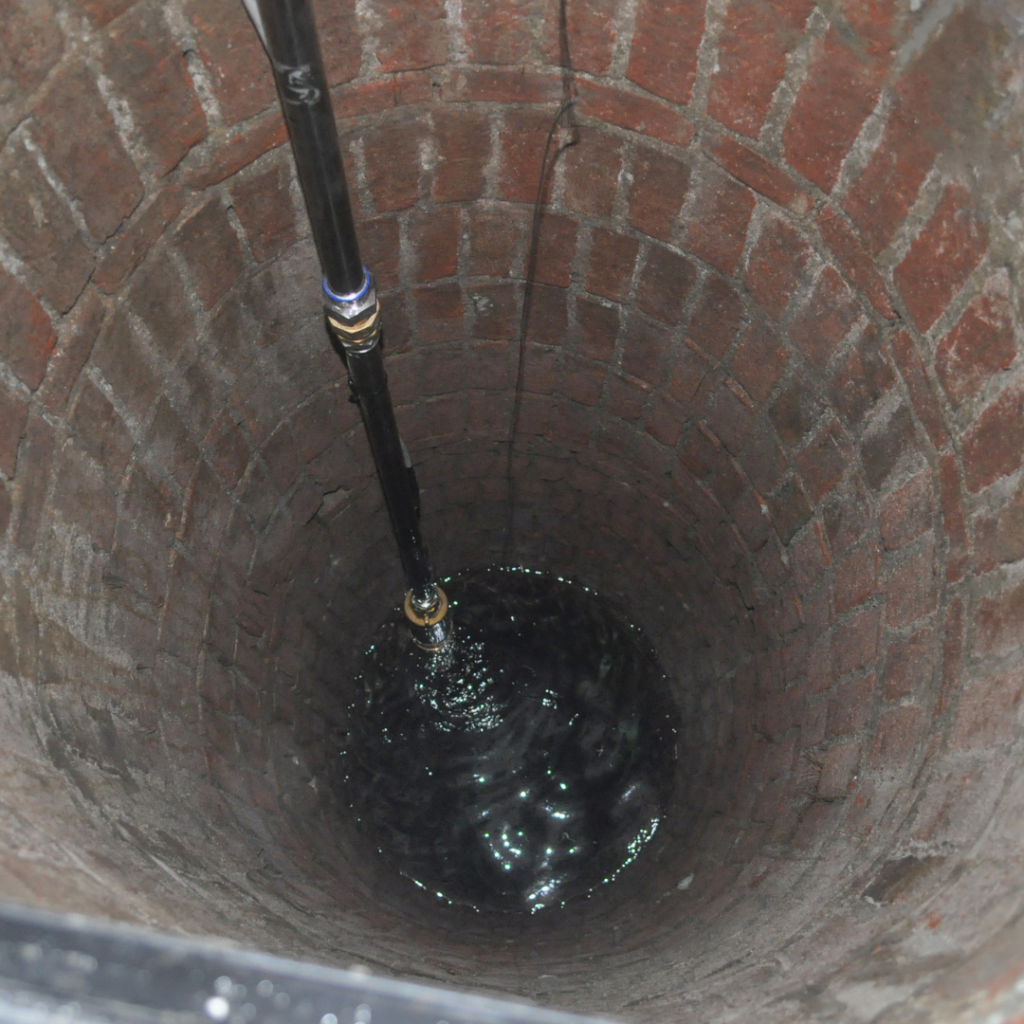
Preparing for a Water Well Outage
1. Have an Alternate Source of Water: Be sure to have an alternate source of water on hand. An emergency water storage system can be a great way to ensure you always have access to clean, safe drinking water. Consider a rain barrel or a water filter system to store extra water for drinking, cooking, and hygiene purposes.
2. Maintain Your Well: Regular maintenance and cleaning of your well is essential to keeping it working properly. Make sure to have your well inspected and serviced every year. Also, be sure to check for any mechanical problems, such as a broken pump or clogged pipes.
3. Have a Backup Power Source: In the event of a power outage, having a generator or other backup power source can be a lifesaver. Having a generator on hand can help you keep your well pump working and your water flowing.
4. Be Prepared to Conserve: During a water well outage, it’s important to conserve water as much as possible.
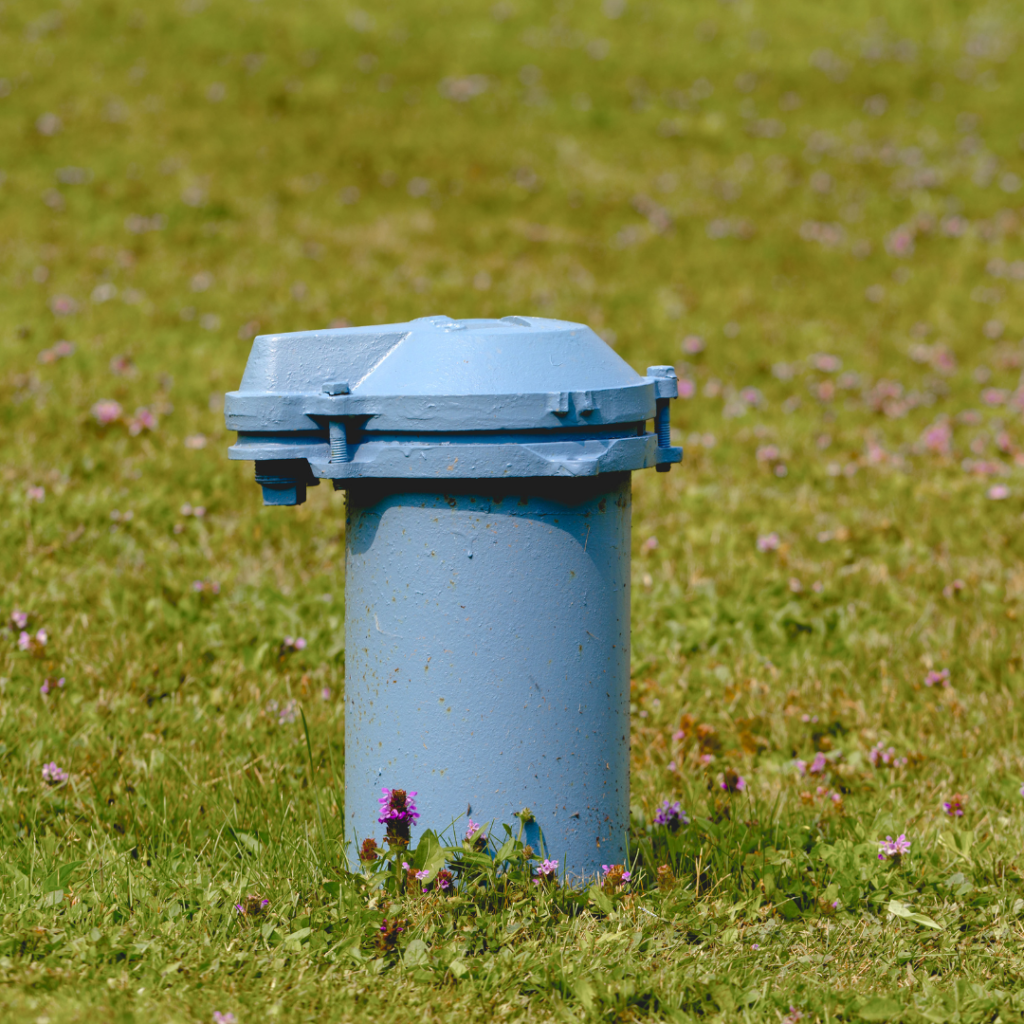
During a Water Well Outage
During a water well outage, it’s crucial to monitor the situation closely to ensure a prompt resolution and minimize the inconvenience. Here are some key steps to monitor your water well effectively:
- Check for Obvious Signs: Begin by visually inspecting the well area for any visible signs of problems such as leaks, damaged equipment, or electrical issues. If you notice anything out of the ordinary, it’s essential to contact a professional well service provider like Coomer’s Well and Pump for a thorough assessment.
- Monitor Water Pressure and Flow: Keep an eye on the water pressure and flow rate in your home. If you notice a significant decrease in water pressure or inconsistent flow, it could be an indication of a well problem. Be sure to record any changes or abnormalities to provide accurate information to the well service technician.
- Monitor Water Quality: Pay attention to the quality of water coming from your taps. If you notice any changes in color, taste, or odor, it could indicate a contamination issue or a problem with the well system. Contact a well professional to conduct water testing and determine the cause.
- Use a Well Monitoring System: Consider installing a well monitoring system, such as those offered by Coomer’s Well and Pump. These systems continuously track important parameters, such as water level, pressure, and flow, and provide real-time alerts in case of any abnormalities. This proactive approach can help you address potential issues before they lead to a complete water well outage.
- Maintain Regular Maintenance: Regular maintenance is key to preventing water well outages. Schedule routine inspections and servicing with a professional well service company like Coomer’s Well and Pump to ensure the proper functioning of all components, including the well pump, pressure tank, and electrical connections.
Remember, dealing with a water well outage requires prompt action and professional expertise. By closely monitoring your water well and seeking assistance from reputable well service providers, you can minimize the impact of outages and maintain a reliable water supply.
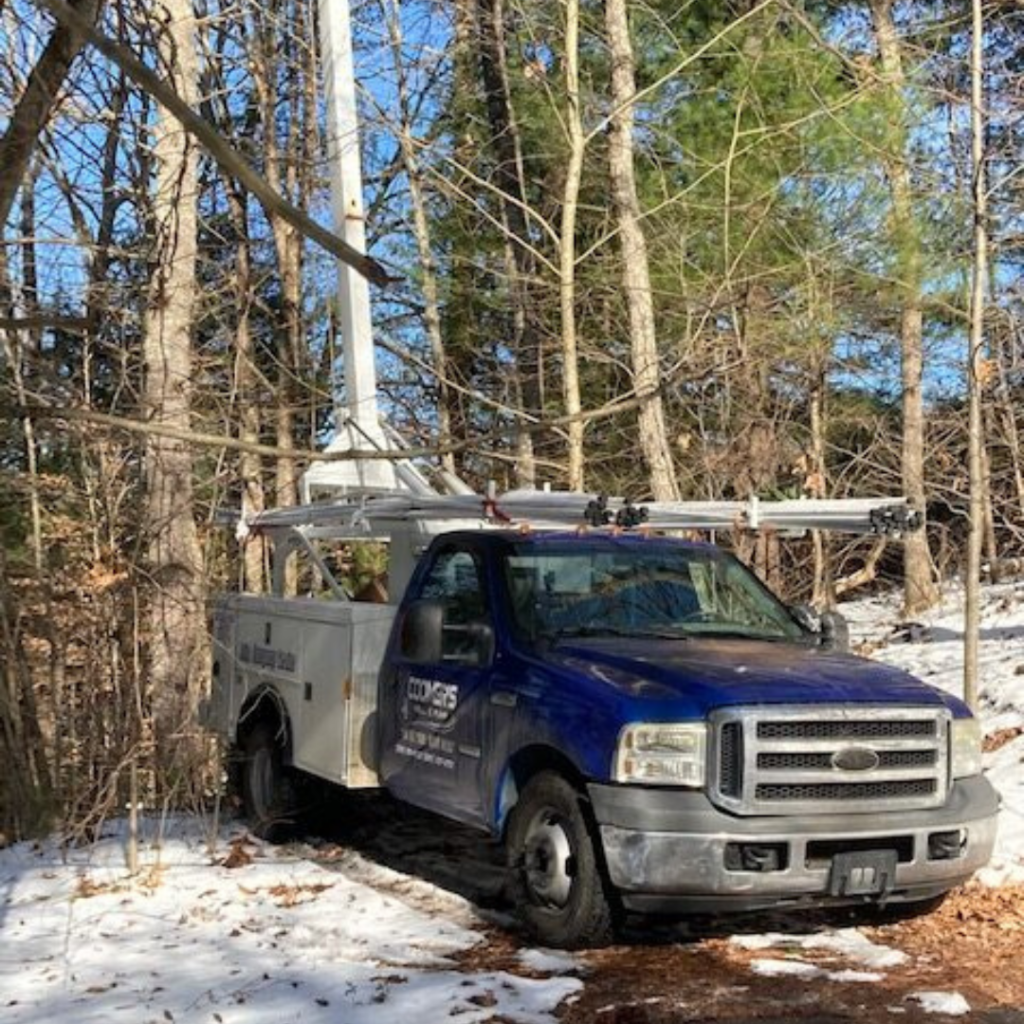
Follow Any Instructions from the Water Utility
When dealing with a water well outage, it’s essential to follow any instructions or guidelines provided by the water utility. Here are some important steps to take regarding the instructions from the water utility:
- Stay Informed: Keep yourself updated with the latest information and instructions from the water utility regarding the outage. This can be through their website, social media channels, or customer service helpline. Follow their recommendations and guidelines to ensure your safety and the proper handling of the situation.
- Conservation Measures: If the water utility advises implementing water conservation measures, follow their instructions diligently. These measures are put in place to manage the limited water supply during the outage and ensure that it is used efficiently. By conserving water, you can contribute to the overall efforts to minimize the impact of the outage on the community.
- Boil Water Notices: In some cases, the water utility may issue a boil water notice as a precautionary measure to ensure the safety of the water supply. If you receive such a notice, it is crucial to follow the instructions carefully. Boil water for drinking, cooking, and other consumption purposes to eliminate any potential contaminants. Be sure to boil the water for the recommended duration and let it cool before using.
- Communication: Maintain open communication with the water utility to report any concerns or issues related to the outage. If you notice any changes in water quality or have specific needs, reach out to them for guidance. They can provide you with additional information and support during this time.
Remember, the water utility is responsible for managing and resolving the water well outage. By following their instructions and staying informed, you can contribute to a smoother resolution and ensure the well-being of yourself and your community.

Utilize Any Alternate Sources of Water
During a water well outage, it’s important to utilize any alternate sources of water available to meet your essential needs. Here are some tips on how to make the most of alternate water sources:
- Stored Water: If you have previously stored water for emergencies, now is the time to use it. Access your stored water supply and use it for drinking, cooking, and personal hygiene as needed. Remember to ration your stored water to make it last throughout the outage.
- Rainwater Harvesting: If you have a rainwater harvesting system in place, consider utilizing this source of water during the outage. Collect rainwater using rain barrels or other containers and use it for non-potable purposes such as watering plants, cleaning, or flushing toilets.
- Bottled Water: Purchase bottled water from local stores or water distribution centers to meet your drinking and cooking needs. Stock up on an adequate supply of bottled water to ensure you have enough for the duration of the outage.
- Community Resources: Check with local community centers, shelters, or emergency services for any water distribution points or assistance programs available during the water well outage. They may provide access to clean water for essential needs or offer guidance on finding alternative water sources in your area.
- Neighbors and Friends: Coordinate with neighbors or friends who may have access to a functioning water supply. Discuss the possibility of sharing water resources and support each other during the outage.
Remember to use water sparingly and prioritize essential needs during this time. Follow any instructions or guidelines provided by the water utility regarding the use of alternate water sources.
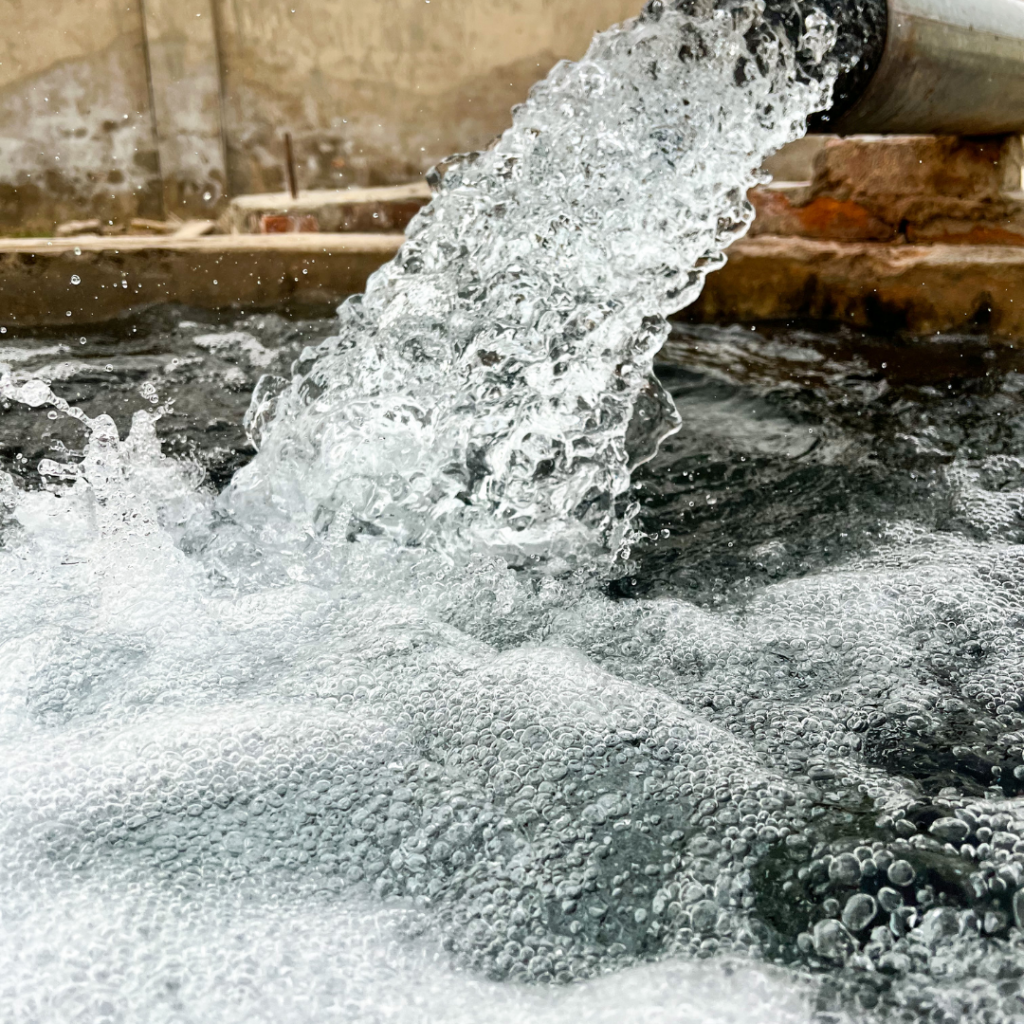
After a Water Well Outage
After a water well outage, it’s important to take certain steps to ensure the safety and functionality of your water supply. Here are some actions to consider:
- Contact Coomer’s Well and Pump: Reach out to our team at Coomer’s Well and Pump to report the outage and schedule a service appointment. We will assess the situation, identify any necessary repairs, and restore your water well system to proper working condition.
- Flush the System: Once your water well is back in operation, it’s crucial to flush the system to remove any stagnant water or contaminants that may have entered during the outage. Follow the recommended flushing procedures provided by our technicians or refer to our blog for detailed instructions.
- Test Water Quality: After flushing the system, it’s advisable to test the water quality to ensure its safety for consumption. Coomer Well and Pump can assist with water testing services or provide guidance on how to collect samples for laboratory analysis.
- Sanitize the Well: In some cases, it may be necessary to sanitize the well to eliminate any potential bacteria or pathogens. Our professionals can guide you through the proper sanitization process or perform the sanitization for you.
- Consider Backup Systems: If you frequently experience water well outages, it might be beneficial to explore backup water storage options or install a backup power generator to ensure a continuous water supply during emergencies.
- Update Emergency Preparedness: Use the water well outage as an opportunity to review your emergency preparedness plans. Ensure you have sufficient stored water, emergency supplies, and a plan in place for future disruptions.
Remember, the team at Coomer’s Well and Pump is here to support you through water well outages and any related concerns. Feel free to reach out to us for expert advice and assistance.

Conclusion
In conclusion, experiencing a water well outage can be a challenging situation, but by taking the right steps, you can minimize the impact and restore your water supply efficiently. Remember to contact Coomer’s Well and Pump for professional assistance, flush the system, test the water quality, sanitize the well if necessary, and consider backup systems for future emergencies.
At Coomer Well and Pump, we understand the importance of a reliable water supply and are dedicated to helping you overcome water well outages and related issues. Don’t hesitate to reach out to our experienced team for guidance and support.
Remember, Coomer’s Well and Pump is here to ensure the functionality and longevity of your water well system. Trust us to deliver quality service and solutions for all your water well needs.
